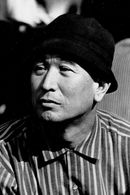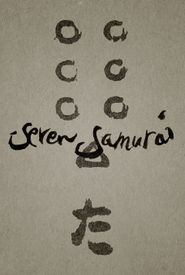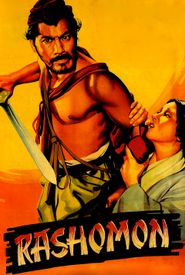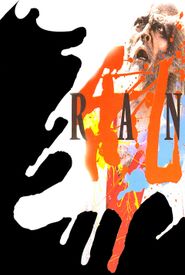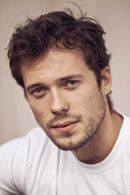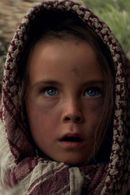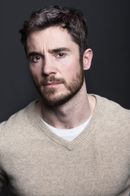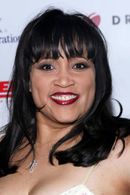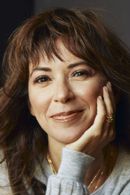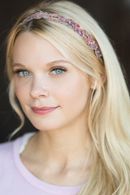Akira Kurosawa's remarkable journey in filmmaking began with his training as a painter, where he would later storyboard his films as full-scale paintings. He entered the film industry in 1936 as an assistant director and eventually made his directorial debut with Sanshiro Sugata in 1943. Within a few years, Kurosawa had gained sufficient stature to allow him greater creative freedom, which he utilized to make Drunken Angel in 1948, his first film without extensive studio interference, and marked the beginning of his collaboration with Toshirô Mifune.
Over the next several decades, Kurosawa and Mifune would go on to make 16 movies together, with Mifune becoming as closely associated with Kurosawa's films as John Wayne was with those of his idol, John Ford. Kurosawa's early work spanned a wide range of genres, including drama, comedy, and action. He then made his international breakthrough film Rashomon in 1950, which won the top prize at the Venice Film Festival and introduced the richness of Japanese cinema to the West.
The following years saw the release of several critically acclaimed films, including Ikiru, Seven Samurai, Throne of Blood, Yojimbo, and Sanjuro. After a brief period of creative stagnation, Kurosawa attempted suicide but survived and continued to work. He went on to make several personal and low-budget films, including Dodes'ka-den, Dersu Uzala, and Kagemusha: The Shadow Warrior, which was co-produced with Russian filmmakers and received international acclaim.
Kurosawa's later work included the epic adaptation Ran, based on Shakespeare's "King Lear," as well as more personal films like Dreams, Rhapsody in August, and Madadayo. Despite being more popular in the West than in Japan, where his films were often met with suspicion due to his adaptations of Western genres and authors, Kurosawa is widely revered by American and European filmmakers, who have remade several of his films, including Rashomon, Seven Samurai, Yojimbo, and The Hidden Fortress.
